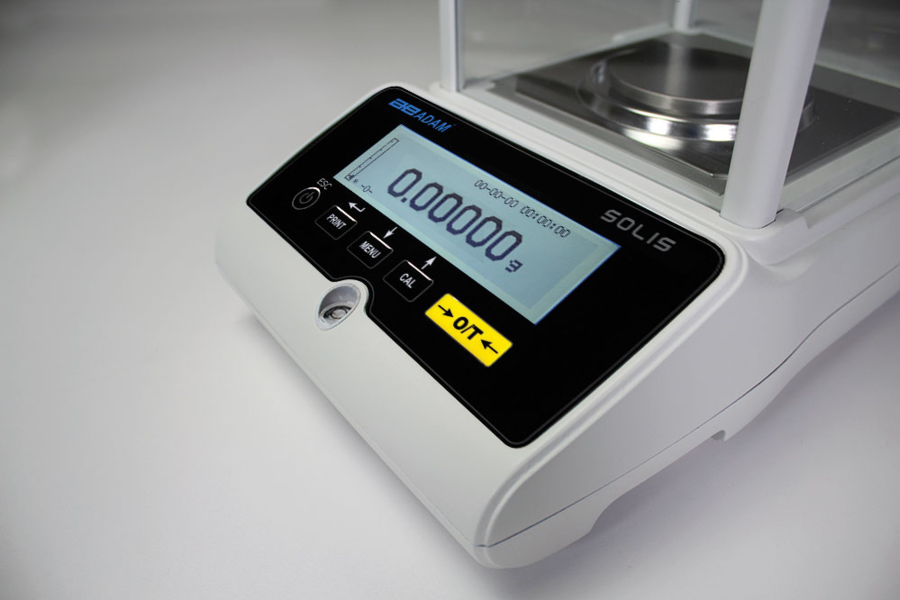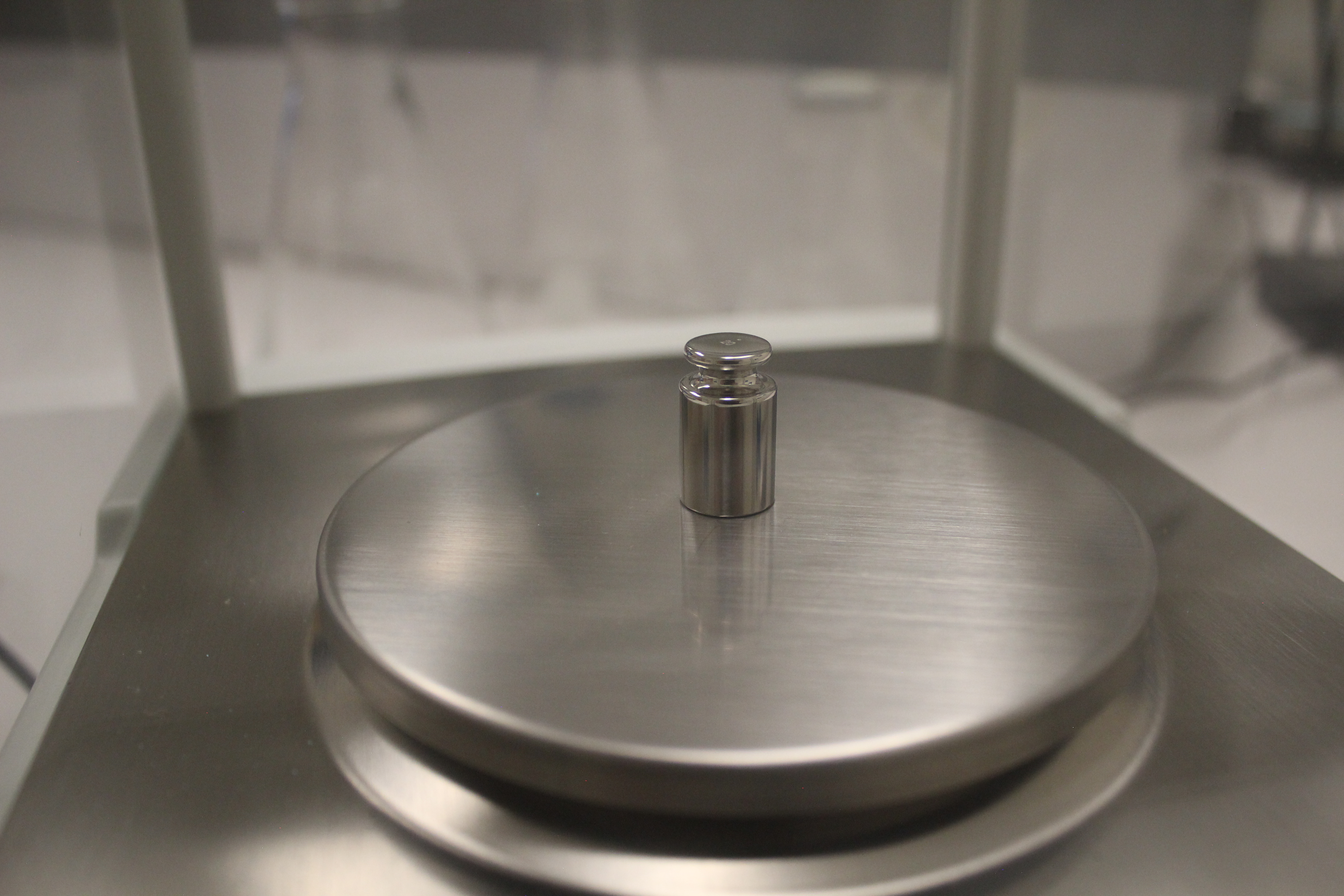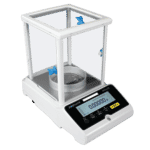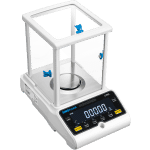
A lesser known but no less fascinating function on some laboratory balances is called floating range, which helps make your machine more versatile. Let’s discuss what floating range is, why it’s useful and who benefits from the function the most.
Fixed Range vs. Dual Range vs. Floating Range
To understand floating range, you first need to know how the function compares to others.
Fixed
Most scales and balances are fixed range – one capacity, one readability – like the , which offers a capacity of 210g with a readability of 0.0001g. The same readability is applied whether the item on the pan weighs 25% of the capacity or 95%.
Dual
Dual range is when one balance offers two different capacities, one lower and one higher, and two different readabilities, one more precise and one slightly less precise. Up until your sample reaches the weight of the lower capacity, you’ll get the finer results. Beyond that and until you reach the higher capacity, you’ll get the less-fine results.
For example, Adam’s offers 0.00001g readability for net weights up to 62g and 0.0001g up to its full 120g capacity. However, dual range isn’t limited to laboratory balances; some retail scales like Adam’s also offer this ability.

It’s an ideal feature for those who want to get as much use out of their weighing scale or balance as possible. With only one capacity and readability, particularly on more precise laboratory balances like semi-micro’s, you’re quite limited on what you can weigh without overloading. Dual range widens your possibilities, providing both high precision and adaptability.
Floating
Floating range is a function on some dual-range semi-micro and analytical balances, including Adam’s . You can't have floating range without dual range first. It allows you to obtain five-decimal (0.00001g) weighing reults for light samples, even if they're added to a container that is heavier than the standard five-decimal threshold.
Why is Floating Range Useful?
Let’s say you want to weigh a small amount of liquid in a glass flask that weighs 80g by itself (about the same as a bar of soap). Because the flask’s weight alone surpasses the 62g threshold for five-place results, balances without a floating range function would only be able to provide four-place results for your liquid sample. When you need ultra-precision, four-place just isn’t enough.
Balances with a floating range function, like the , let you tare out the flask, after which they’ll provide five-place results for your sample as if the sample’s weight is all that matters. This gives you another 58 grams to work with at five-place precision, up until the total weight on the pan reaches the true 120g capacity.
Who Benefits from It?
Though containers like flasks, weigh boats or beakers can be heavier than we want, they’re crucial tools when weighing. Without them you wouldn’t be able to weigh liquids or powders without the risk of leaving debris behind or even damaging the balance. That’s the last thing anyone wants to happen to such expensive equipment! Floating range lets you use quality containers without sacrificing precision, increasing the versatility of the balance and benefitting any who uses one.
Want a balance with floating range for yourself? Contact the Adam team, we’d be happy to help.





